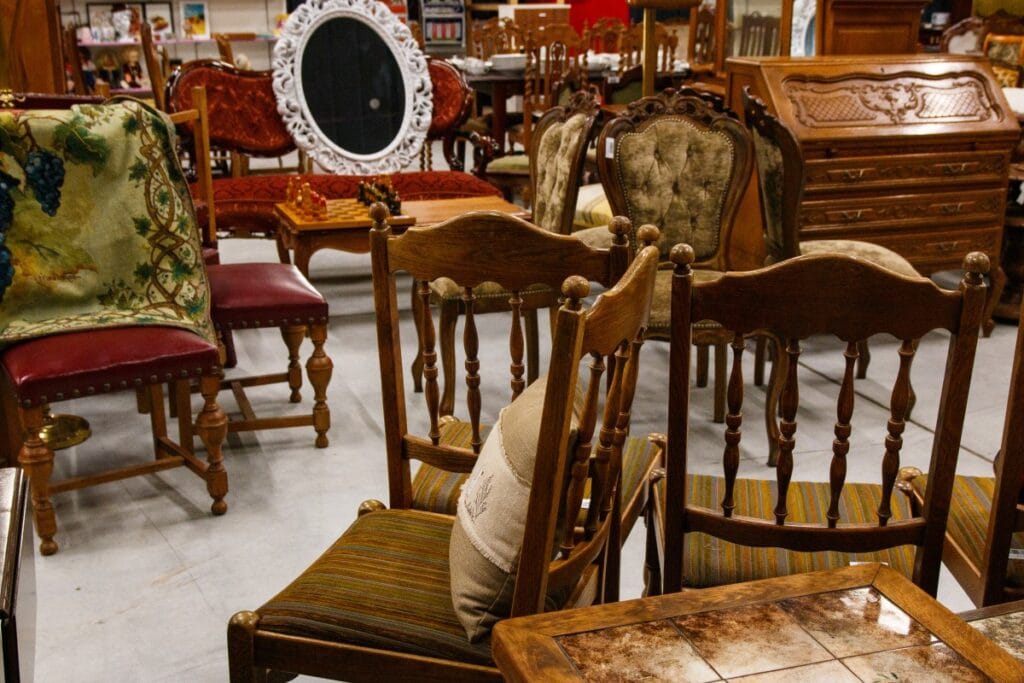
7 Important Tips for Buying Second-hand Furniture
Second-hand furniture can offer great value if you know what to look for. Learn how to find unique pieces, avoid scams, and add character to your home without overspending.
By:
The Good Home Daily
Posted on May 7, 2025
Want to add a touch of vintage luxury to your home without breaking the bank? Buying second-hand furniture is the easiest and cheapest way to do that. It’s not only an eco-friendly practice; if you’re lucky, you can find unique and one-of-a-kind pieces that will bring personality to your house.
The demand for second-hand furniture has been steadily increasing in recent years. According to a study by Mordor Intelligence, the off-the-shelf second-hand furniture market size is estimated at USD 22.70 billion in 2024 and is expected to reach USD 31.20 billion by 2029, with a CAGR of 6.57%.
Despite the growing market, finding the best second-hand pieces might not be easy. Apart from the tight competition, there are other factors to consider when trying to score the best piece, such as pesky scams and viruses. In this guide, we will share important tips to keep in mind when buying used furniture.
1. Check for Structural Damages
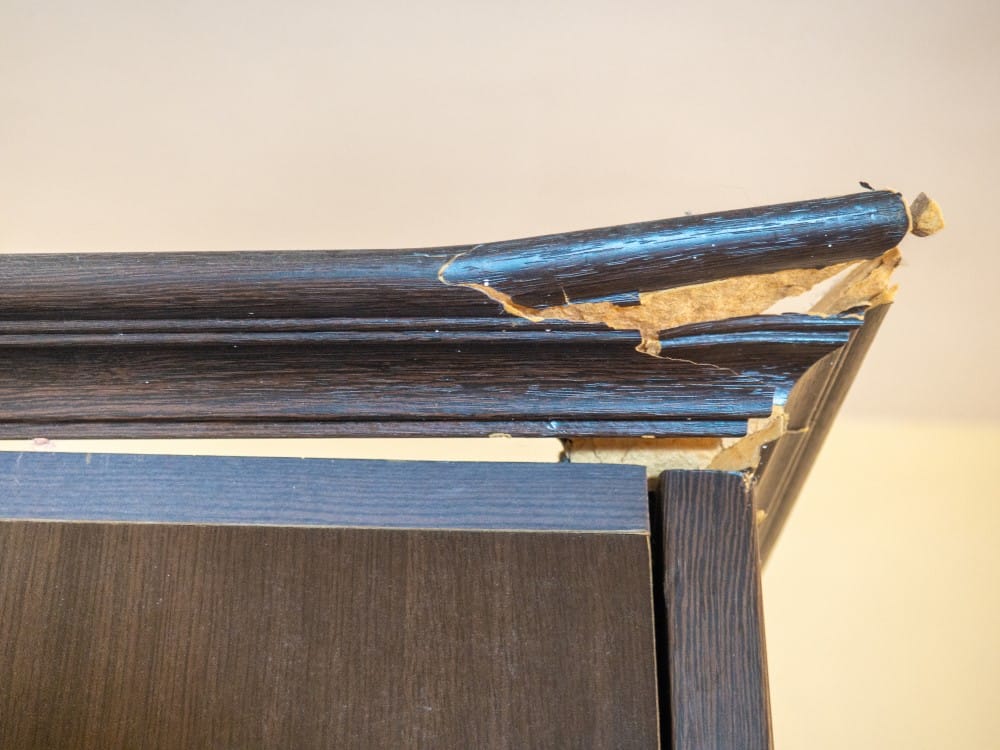
When shopping for used furniture, one of the biggest red flags is structural damage. Structural damage affects the framework and support system of the furniture. This type of damage may cause the furniture to collapse and harm its user.
Repairs for this kind of damage are complex and very costly. In fact, depending on the furniture piece, the cost may even be higher than buying a new one.
So, if you spot any signs of structural damage, think twice before making a purchase. If you’re confident it’s a worthwhile investment, go for it. However, if you’re not sure of its value, we suggest looking for another piece.
Some signs of structural damage in furniture include:
- Cracks or splits in the wood or metal frame
- Loose joints or connections
- Sagging or uneven surfaces
- Broken legs or supports
2. Understand its Value
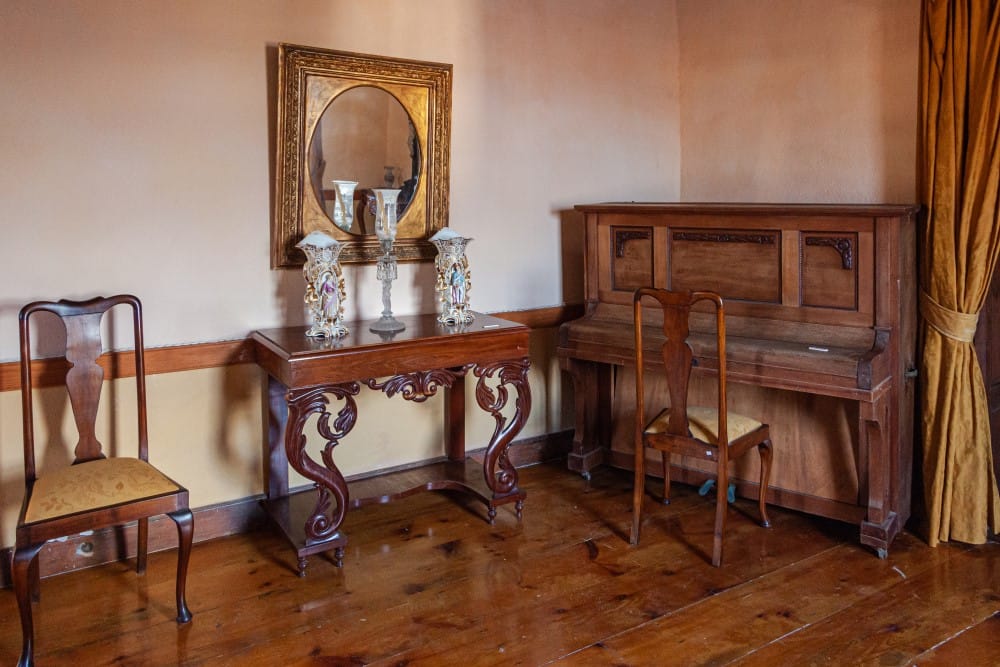
As you may already know, damaged furniture is generally worth less than undamaged pieces. However, that does not mean it is worthless. In fact, some imperfections (even certain structural damage) can make the furniture more unique.
For example, dents and scratches can tell a story about the furniture’s history. Furthermore, distressed finishes can give a rustic, antique look to the piece.
When you find furniture with minor damage, ask yourself: Can the damage be easily repaired or restored? Does the damage enhance the piece’s character? Am I okay with these imperfections?
If your answer to these questions is “yes,” then go ahead and buy the used furniture. Who knows, you might even use those quirks to negotiate a better deal.
3. Know the Materials Used
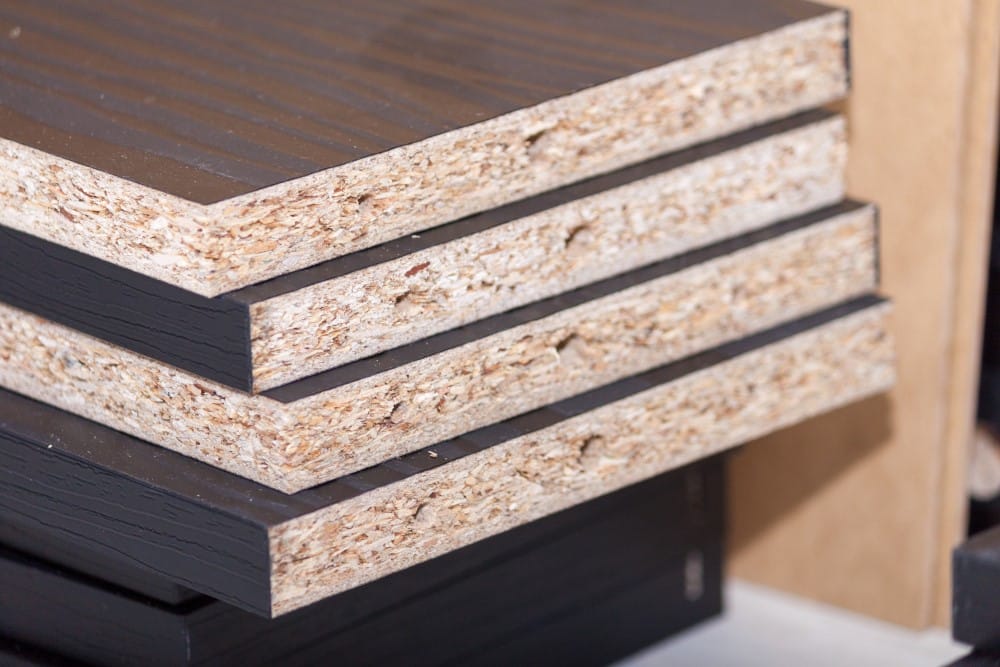
If you want to find a unique gem in the second-hand market, you need to at least be familiar with different materials and their value.
For example, hardwoods offer a more luxurious feel. These woods often feature intricate carvings and varied grain patterns, unlike laminate or veneer. However, they are typically more expensive.
By knowing the materials, you will also know how to take care of your furniture. For example, for upholstered items, using alcohol is a better cleaner than water, as it does not leave unsightly watermarks or spots.
4. Don’t Purchase Second-hand Mattresses
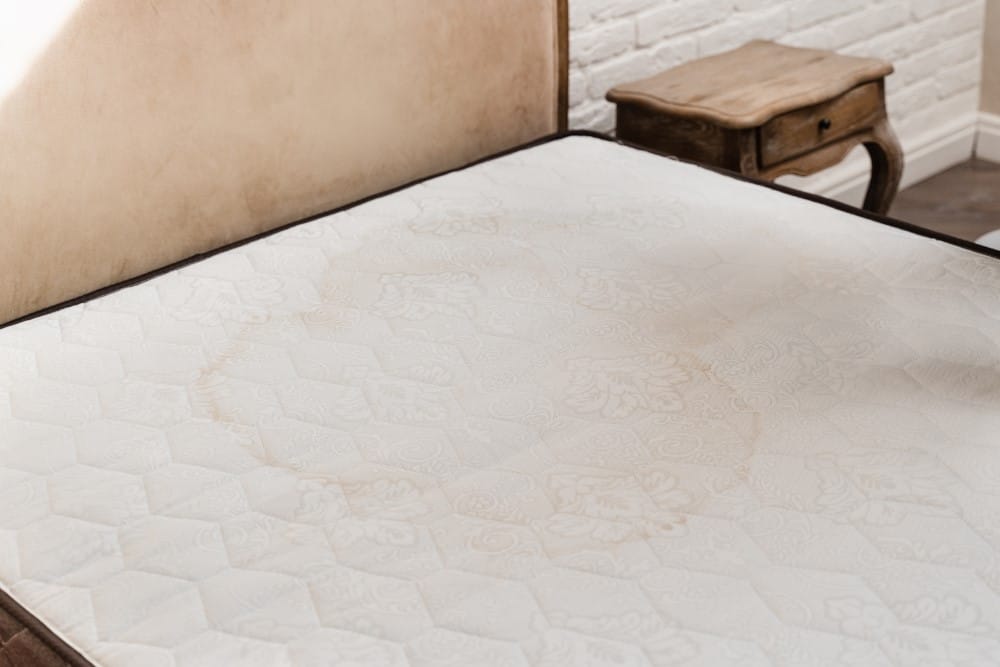
Buying a second-hand mattress is never a good idea. While the price tag can be very tempting, it may not be enough to outweigh the risks. Mattresses can easily be infested with bugs, bacteria, and even deadly viruses. Buying pre-owned is like bringing home a ticking time bomb.
Tests have shown that even a 7-year-old mattress can have over 16 million bacteria per square inch. Now, can you sleep on that?
5. Read the Product Description Carefully

Apart from your favorite thrift stores and auction houses, online marketplaces like Facebook Marketplace, Craigslist, and Instagram offer a treasure trove of unique second-hand furniture.
Keep in mind, however, that the risks are higher online. Since you do not have the privilege of seeing the piece in person, the chances of encountering online shopping scams, fake items, and hidden damage are much greater.
But do not let that scare you off! The product description can provide hints indicating whether you should stay away from a product or seller. For example, inconsistencies in product descriptions, photos, or seller information could mean you are dealing with a scammer.
Also, be wary of vague or overly enthusiastic descriptions such as “antique,” “one-of-a-kind,” or “high-end.” Always act cautiously, especially if the seller does not provide additional details.
Other terms to keep an eye on include “based on the design” and “inspired by.” These typically mean that the item is not original or is modeled after other creations, which can lower its value.
Finally, consider the price. If it seems incredibly low for a high-quality piece, it might be too good to be true. And if the seller seems too eager to close the deal, do yourself a favor and walk away.
6. Pay Attention to the Images
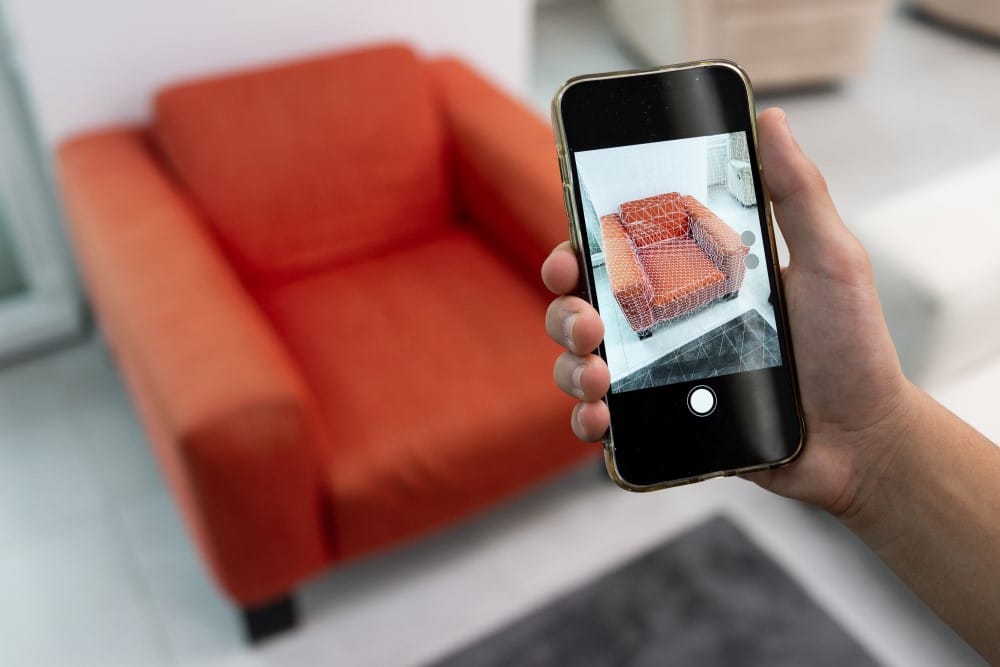
Apart from the product description, pay close attention to the photos. Look for signs of damage or inconsistencies.
We also recommend requesting additional images apart from the ones uploaded, especially those close-ups. That way, you can see if the seller actually has access to the furniture, which is a good sign.
Here’s another trick: do a reverse image search online. Simply right-click on the image and click “Search Image on Google”. This will show you where else it’s been used, when it was first posted, and how many times it’s been shared.
Reverse image search allows you to find out if the seller stole the photo or if it’s actually theirs.
7. Don’t Forget to Negotiate

You need to know how to negotiate if you want to get the most out of buying second-hand furniture. If you think the price is not right, do not be afraid to haggle!
You might be surprised—some sellers are open to offers of 10% off the listed price, or even as high as 20%.
Here is another useful bargaining trick: if they are not willing to budge on the price, try asking for add-ons and extras. Aside from free items, things like free assembly or delivery can add up to a pretty good deal.
But remember, do not look too eager. Your body language can reveal a lot. And if the price is beyond your budget, learn to walk away. There are plenty of other treasures out there.
The Takeaways
Sure, buying second-hand furniture can be challenging. But the rewards are totally worth it. Just remember, there are a few things to watch out for to avoid getting ripped off.
We’ve covered some important tips to help you find the perfect used piece. Follow them to protect yourself and land a one-of-a-kind find.

